Last week, I attended Outspire Summit, a one day brand awareness conference with so many great speakers, helping business and marketing professionals to step up their brand game. It inspired me to write this blog because when you leave a conference with so much energy and creativity, sometimes you don’t know where to start, right? So what better way to put all of that knowledge to use than with this blog post to help you elevate your brand, increase your reach, captivate customers and get you noticed!
A lookbook is a collection of brand images that show off your work, design, products or services! The first impression is the most important impression. To help you create your lookbook, we’ve compiled the ultimate shortlist of tips to help you get started.
1. Simply put, keep it simple stupid.
When you walk into a store and see clothes crammed onto display hooks or mismatched with other items, it tends to create a sense of disorganization and gives you the impression that you’re not getting a great product. When you design, you have to keep this in mind as well. Keep your backgrounds white, beige or gray. This keeps the client focused on your product, not the background. Simple, neutral backgrounds help to complement the product. Keep your typeface clean and simple as well. A san serif font is usually the easiest to read and use the proper kerning to keep it from looking crammed on the page. Keep your captions and text as brief as possible so that your product shots remain the focus.
2. Photograph your products the way they were intended…with real people in mind.
I recommend hiring a professional photographer, not only because they have professional lenses and special filters that help make your photos look aesthetically pleasing, but also because they can assist you with the composition and layout of your photos. I’m great at printing, but I hire out when I need an expert on something I don’t do well. Gear your photos towards your target market. If you’re selling clothes for example, choose models and settings that reflect your target demographic. Consider details like your model's poses to make sure they all compliment your brand identity.
3. When it comes to layout, start big and end big.
Just as important as it is to choose a great photographer, it's equally important to choose a designer with experience designing dynamite lookbooks. You want to create an experience for your audience from first page to last. Talk with your designer about layout, text, images and how you want the book to flow. Consider things such as how each image complements the others. Are you being consistent page to page? What image should the cover convey? What do you want to end with? Of course your contact information like address, website and maybe social media contact information. I’ve had the pleasure of working with some great designers that really convey a message in their layout.
4. Designing for print – probably the most important part.
Before you begin design and layout, talk with your printer (that’s me!) and see what size they can print as well as what stock they’d recommend for the page size and amount. If you design something that can’t be run digitally, then you’ve wasted, time, money and effort. Next talk about the images that you've used in your lookbook. Ideally, CMYK .tif images are best for reproduction digitally. They don’t need to be extremely large and as long as they are 300 dpi at the size you’ll be reproducing, you should be fine. Also, make sure you include bleeds and crop marks so that your printer can trim without issue.
Next, decide whether you want these saddle stitched, perfect bound or wiro or spiral bound. Saddle stitching can be used up to about 48 pages. After that it’s best to get them perfect bound or wiro bound. Depending on the look you’re going for one of those may work just perfectly. You can also do hard bound or case bound books depending on your budget. If you plan to change your look book occasionally then this would be a very expensive way to go. Most printers do not perfect bind in-house and outsource this type of service.
5. In a nutshell…
Remember, get a good photographer – increase your budget for this part if you have to. Good images make for a great book. Then get a great designer – this part can make you or break you. Bad layout results in no one taking your brand seriously. If it looks like your mom laid this out in power point then you shouldn’t print it. And finally, the most important part of your puzzle, get an excellent printer to reproduce on papers that would make someone want to pick it up and turn the page. Find a print partner who values what you’re trying to do.
In the end, what you design and print will be representative of your products and/or services so don’t skimp on the important pieces. Contact Alpha today for assistance printing your brand's lookbook!

